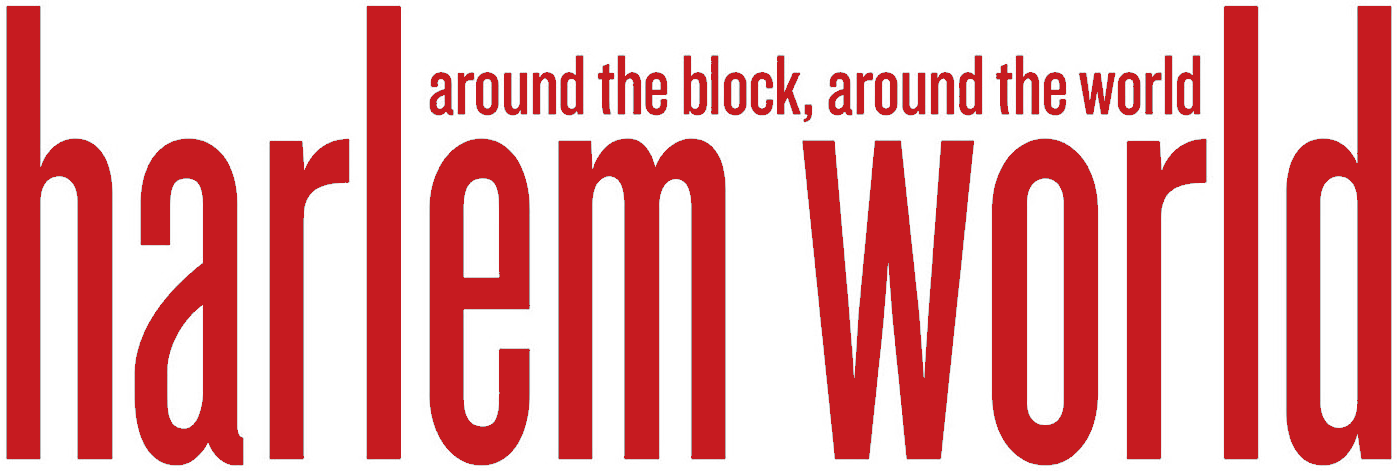From Bessie Smith To Billie Holiday The Legendary Harlem Alhambra 1905 –
The Harlem Alhambra was a theater in Harlem, New York, built in 1905, that began as a vaudeville venue. Become a Harlem Insider! Sign-Up for our Newsletter *Select list(s) to subscribe toHarlem World Magazine Example: Yes, I would like to receive emails from Harlem World Magazine. (You can unsubscribe anytime)Constant Contact Use. Please leave this field blank.By…

